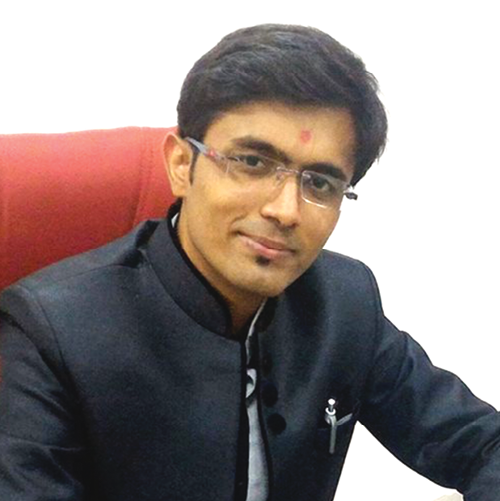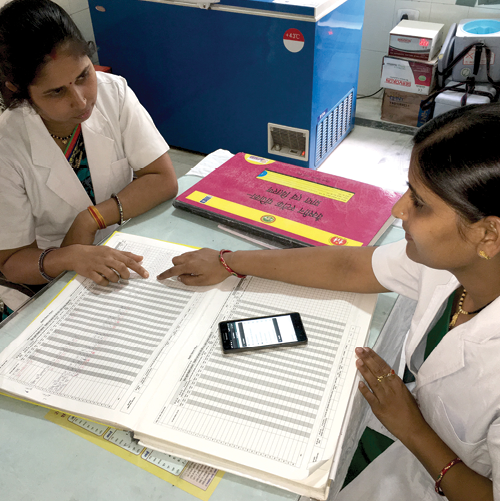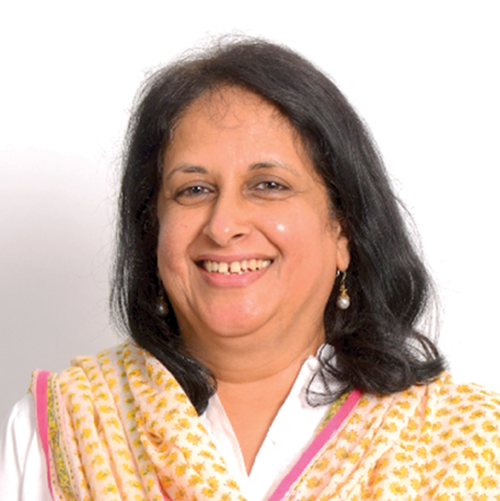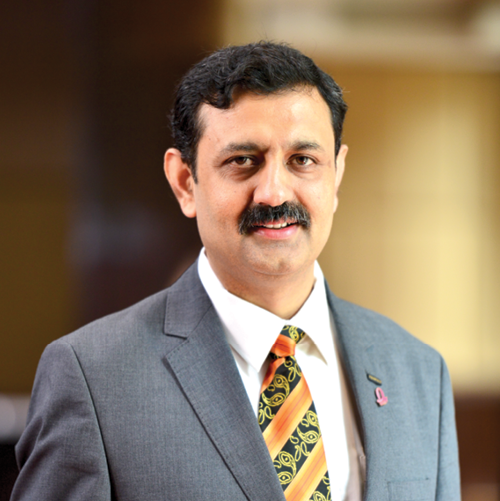

Director (eHealth), Ministry of Health and Family Welfare
The Ministry of Health and Family Welfare is progressively using Information and Communication Technology to make government services available to citizens in a convenient, efficient and transparent manner, says Jitendra Arora, Director (eHealth), Ministry of Health and Family Welfare, in conversation with Gopi Krishna Arora of Elets News Network (ENN).
How has the Ministry of Health and Welfare leveraged technology to provide better services to citizens?

The Ministry of Health and Family Welfare has undertaken various initiatives using Information and Communication Technologies (ICT) for improving efficiency and effectiveness of the public healthcare system. The ministry is continuously working on planning and introducing more ICT initiatives. These initiatives are grouped under four categories:
e-governance: ICT for delivering government services, exchange of information, services like government- to-citizen, government-to-business, government-to-government etc.
eHealth: Use of ICT for health services like for treating patients, conducting research, educating health workforce, tracking diseases, monitoring public health etc.

mHealth: edical and public health practice supported by mobile devices for patient monitoring devices, personal digital assistants (PDAs), and other wireless devices.
Tele-Medicine: It is the use of telecommunication and information technology to provide clinical healthcare from a distance. It helps eliminate distance barriers and can improve access to medical services that would often not be consistently available in distant rural communities. It is also used to save lives in critical care and emergency situations.
What are the various ICT initiatives that the ministry is taking to improve the public healthcare system?
The ministry is progressively using ICT to make government services and information available to citizens and business groups in a convenient, efficient and transparent manner and also in improving transactions with other government departments and agencies. In line with the Make in India and Digital India Programme, the ministry has undertaken various initiatives with focus on online services through different technology platforms such as mobile, internet, telephone, etc. Some of the online services available are:
Online Registration System (ORS): It is a system to offer services for online registration, appointment and other patient centric services like lab reports, blood availability status etc. Till now, 71 hospitals are on board with the service and around 6,83000 appointments have been given online.
National Health Portal (NHP): It serves as a single point access for information on health schemes and diseases including health regulations, standards, policies, programmes and commissions, directory services, hospitals, blood banks, ambulances etc. NHP also has a toll free national number 1800-180-1104 for providing information related to health, diseases, lifestyle, first aid, directory services, health programmes etc. More than 26 lakh people have used this portal to avail health services.
Mother and Child Tracking System (MCTS) / Reproductive Child Health (RCH) application: It is a tracking system across all the States and Union Territories to facilitate timely delivery of antenatal and postnatal care services and immunisation of children with an objective to improve Infant Mortality Rate, Measles, Mumps and Rubella (MMR) rate, providing alerts to health service providers about the services due and service delivery gaps etc. Approximately 11.84 crore pregnant women and 10.13 crore children were registered on MCTS / RCH portal since its inception till 17th November, 2016.
The central government is promoting cashless economy. What new initiatives have the Ministry of Health and Family Welfare taken to promote it?
The Digital India programme is the flagship programme of the Government of India with a vision to transform India into a digitally empowered society and knowledge economy. The focus of the centre is on increasing digital payments through five modes namely: United Payments Interface, Unstructured Supplementary Service Data, Aadhaar Pay, Immediate Payment Service and debit cards.
What new ICT initiatives are you planning to introduce soon?
Some of the new initiatives we are planning to launch this year are:
Interoperable Electronic Health Records (EHRs) System: The ministry has envisaged a system for interoperable EHRs of citizens to be created, made available and accessible online to facilitate continuity of care, better affordability and better health outcome.
Setting up of Integrated Health Information Platform (IHIP): It has been envisaged to work in the direction to avoid a situation of data getting trapped in multiple silos and to enable EHRs of citizens to be created, made available and accessible nationwide.
Last mile connectivity is a major concern for many states. How are you planning to bridge this gap?
It is certainly an issue in rural and far flung areas. However, under the National Health Mission, provisions have been made to provide internet connections upto the block level. In many states, the provision of internet connectivity is made available upto primary health centre level and even at sub-centers. The National Optical Fibre Network which intends to connect gram panchayats would help bridge connectivity issues across states.
What are the key features of the new health policy?
The new health policy has comprehensively covered eHealth. For the first time, the eHealth goals for the country are outlined in the National Health Policy (NHP). It has goals towards creation of district-level electronic database of information on health system components by 2020. In addition, the policy intends to strengthen the health surveillance system and establish country- wide health information exchange network by 2025.
The NHP 2017 has promoted use of eHealth for ensuring continuity of care, digital tools to support national health programmes, medical education, supportive supervision and epidemic and disaster response.
The major policy recommendation is the creation of National Digital Health Authority to regulate, develop and deploy digital health across the continuum of care. The policy aims to use e-health to serve the needs of all stakeholders and improve efficiency, transparency, and citizen experience. Specific policy recommendations are establishment of federated national health information architecture and linking of systems across public and private health providers at State and national levels consistent with Metadata and Data Standards (MDDS) and EHR.
The policy advocates use of Aadhaar for identification and creation of registries (i.e. patients, provider, service, diseases, document and event) for enhanced public health/big data analytics. Use of National Optical Fibre Network and smartphones/tablets for capturing real time data, are key strategies of the National Health Information Architecture as suggested in NHP 2017.
Be a part of Elets Collaborative Initiatives. Join Us for Upcoming Events and explore business opportunities. Like us on Facebook , connect with us on LinkedIn and follow us on Twitter , Instagram.












